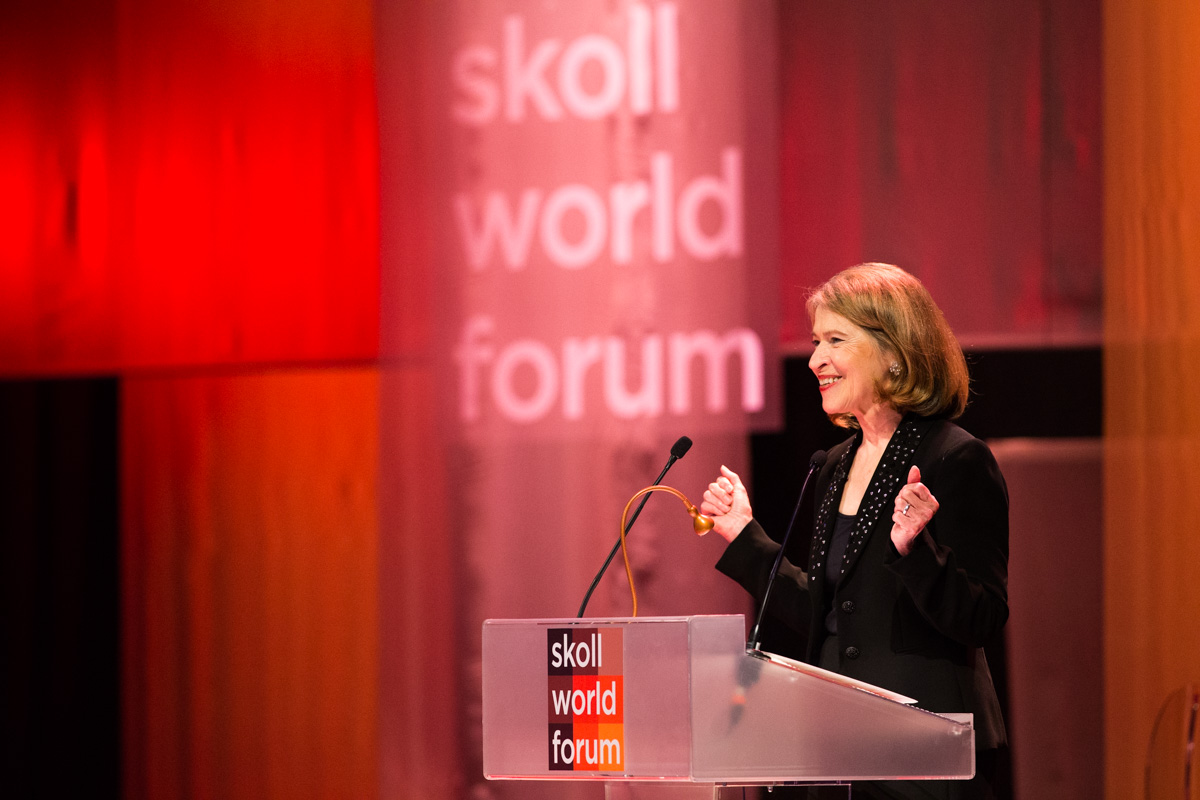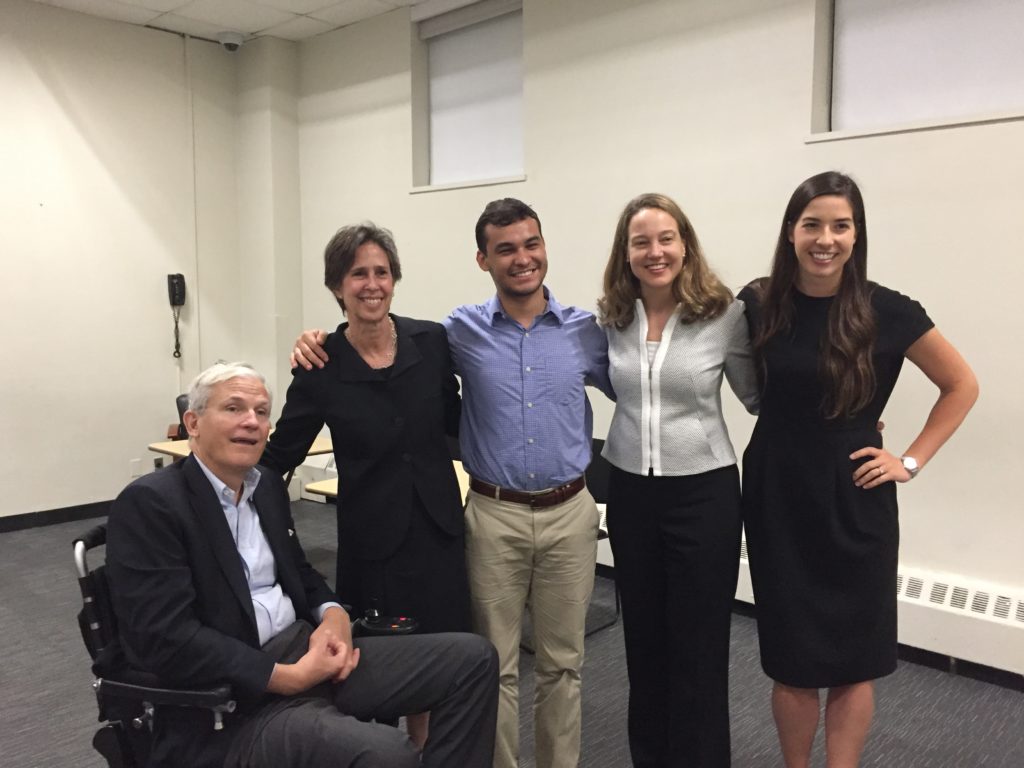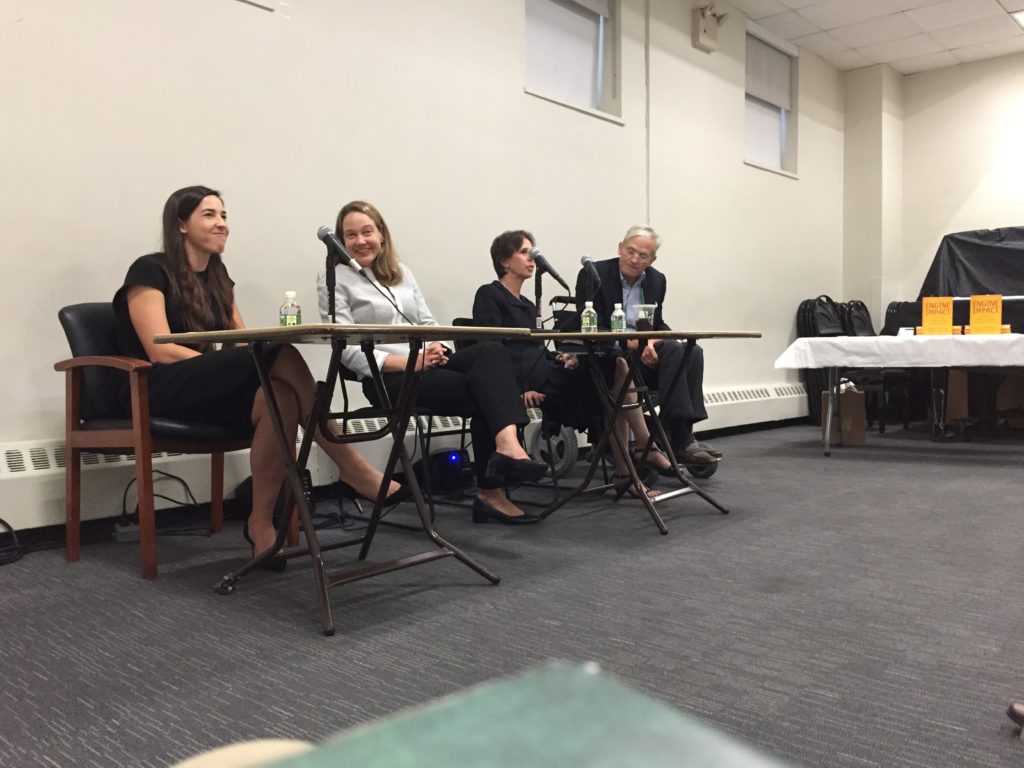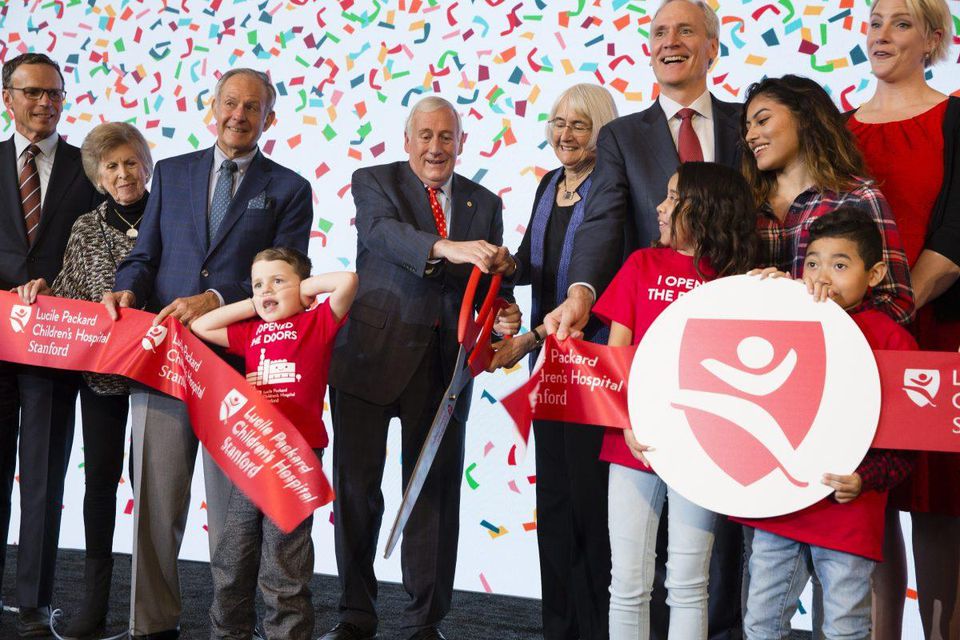‘Tough-Minded Optimism’: Savvy Leadership Advice From 17 Years At The Skoll Foundation Helm
‘Tough-Minded Optimism’: Savvy Leadership Advice From 17 Years At The Skoll Foundation Helm
Sally Osberg joined the Skoll Foundation– which was created by Jeff Skoll, the first employee and first president of eBay – as employee number one in 2001 and subsequently became its first president and CEO. She stepped down from that position earlier this year.
During her time at the helm, Osberg oversaw the philanthropy’s investment in more than 100 entrepreneurial organizations worldwide. She also led Skoll through three distinct phases – “startup,” “get going and do it,” and “renewal,” to use her terms – that reflect her approach to leadership. “You’re always sowing new seeds,” she explained. “The world is changing, and you have to adapt.”
Recently, Osberg took time to share with us her views on strong leadership. Although her wisdom springs from her many years in the social sector, much of it applies equally well to the private sector. We share a summary of her insights in our latest Forbes column here.
Turning ‘Doing Well By Doing Good’ Into Real Millennial Social-Sector Leadership
Do well by doing good. Within the social sector and beyond, that phrase that has become a much-abused cliché and even the subject of some recent controversy. But on university campuses today, it speaks to something very real: Students today are eager pursue viable careers that will enable them to achieve beneficial social impact.
But how? This urge to do good, we have found, is often as inchoate as it its fervent. Many of the students we encounter through our teaching at Stanford Graduate School of Business (GSB) do find ways to serve genuine human needs. Too often, though, students become captivated by “business for good” models that are long on marketing appeal and short on proven impact: buy-one-get-one schemes that allow consumers to send some product to the poor and needy simply by purchasing that product for themselves, or enterprises that market fancy branded products (ice cream, salad dressing, and the like) and give some of the profits “to charity.”
The notion that efforts of this kind will make an appreciable dent in the world’s most pressing problems is dubious at best. Students deserve better.
In our previous Forbes column article, “Big Topic on Campus–Doing Well By Doing Good,” we discussed the increasingly high profile that the social sector now enjoys at colleges and universities, and we linked that trend to our longstanding “crusade” to bring greater rigor to the sector.
In this article, we will delve into the challenge of creating academic programs that equip students to have lasting impact.
Big Topic On Campus: Doing Well By Doing Good
Once upon a time, the visiting “rock stars” on college campuses were, well, rock stars. Or at any rate they were people who exuded rock-star glamour—luminaries from the world of entertainment and celebrity, or high-profile figures from “power” fields such as government, law, and business.
It’s different now. Today, the speakers who draw the biggest and most boisterous crowds—who fill students with a yearning to follow in their footsteps—are often dedicated men and women who run “do-gooding” organizations. They are nonprofit leaders and social entrepreneurs. In many cases, they work in the poorest, least-glamorous regions of the world.
But even as we celebrate this progress, we are left with some nagging questions: How well are we translating the work of scholars who study social sector issues into programs for students who are eager to become the next Paul Farmer? How well are we actually preparing these students to be effective leaders who can achieve substantial impact?
Read our thoughts on the challenges of teaching “impact” in our Forbes column here.
Business Strategy For The Social Sector: In Praise Of Economist Sharon Oster’s 6 Forces Model
To succeed, must nonprofit leaders treat their organization as rigorously as a business? Must they heed the core lessons of business strategy? Yes, definitely. Or must they recognize that a nonprofit is fundamentally different from a for-profit enterprise? Must they learn to operate in an environment unlike the one that business leaders are used to navigating? Yes, definitely.
Working through that apparent conundrum is central to the task of strategic leadership in the nonprofit sector. High-performance nonprofit organizations, we have learned over many decades of studying them, closely resemble high-performance companies—except for crucial ways in which they don’t resemble companies at all.
Read more about the value of Oster’s 6 Forces Model in our Forbes column here.
A ‘Mother’s Vision’: Building And Scaling A Premier Children’s Hospital
On the virtual tour of its new building, Packard Children’s declares, “Healing is an art. And a science. And, in this case, a place.”
With its strong record of high performance, Packard Children’s has reached that “place” because its leaders, over the course of more than three decades, have practiced strategic leadership—a mode of nonprofit excellence that incorporates seven essential elements. Only by excelling at all seven of those elements, we have found, can a nonprofit earn the right to scale its impact. (We explore all of these elements, along with the principle of earning the right to scale, in our book, Engine of Impact.)
In our latest Forbes Column here, we draw upon insights from two leaders of Packard Children’s, Susan Packard Orr, and Chris Dawes, and highlight their approaches to strategic leadership.
Meehan and Starkey Jonker speak at 92Y
Bill Meehan and Kim Starkey Jonker recently spoke at the 92 St Y in New York City, offering insights on the leadership essentials necessary to achieve impact in the nonprofit sector.
The discussion was moderated by Kathy Spahn, CEO of the award-winning nonprofit Helen Keller International. Olympic Gold Medalist Maya DiRado introduced the speakers and shared reflections of how Engine of Impact had influenced her own journey into the social sector.
‘Unparalleled Leadership’: Lessons From The CEO Of A Top Children’s Hospital
Packard Children’s is a pillar of the Bay Area community, and we number ourselves among the many deep admirers of Dawes’s leadership. Our ranks include Susan Packard Orr, the esteemed philanthropist who served on the hospital’s board of directors for many years and daughter of Lucile Packard, for whom the children’s hospital is named. “Chris Dawes was the driving force,” she said. “He has a wonderful way of getting along with everyone but still pushing – always pushing, pushing towards the goals.”
“We are only as good as our people.” We quote that piece of common wisdom in our book, Engine of Impact, and we add an important corollary: “your people, however good, will thrive only in a strong organization with wise and responsive leadership.” Dawes, in our view, exemplifies leadership of that caliber. So, on the occasion of his retirement from Stanford Children’s, we asked him to sit down with us in Menlo Park and share insights from his many years at the helm. We summarize several of those insights in our Forbes column here.
Summer Reading! J.P. Morgan Picks Engine of Impact for Its Annual Book List
Every summer, out of the thousands of nonfiction books published in the preceding year, the financial services giant J.P. Morgan selects 10 books to recommend to its clients. Today, the firm announced its 19th annual Reading List Collection, and Engine of Impact is among the titles honored by placement on the list.
In a video released in conjunction with the announcement, co-authors Bill Meehan and Kim Starkey Jonker expressed their pride in being so recognized.
To create the list, J.P. Morgan drew on nominations from its client advisors, who suggested hundreds of books for consideration. In its description of Engine of Impact, the firm observes that the book “provides actionable guidance for donors who seek to maximize the effectiveness of their giving, and nonprofit board members and executives who want to help their organizations achieve greater impact.”
An overview of the full list is available here.
Time for “Team of Teams”
In Engine of Impact, Bill Meehan and Kim Starkey Jonker offer this variation on an oft-quoted management bromide: “You are only as good as our people … and how you organize and lead them.” Social sector organizations today, the authors argue, must redouble their commitment not only to finding and retaining great people, but also to deploying them in ways that meet the dynamic needs of the Impact Era. An essential tool for doing so is an emerging model called “team of teams.”
In a recent article for Stanford Social Innovation Review, Meehan and Starkey Jonker explore the team-of-teams model at length and present a short case study of how Pratham, an education nonprofit in India, has adapted the model to conduct an ambitious, nationwide survey of children’s learning outcomes.
In addition, for their column on leadership for Forbes, Meehan and Starkey Jonker have written a new piece that summarizes the team-of-teams model and explains why it is becoming highly relevant to leaders in every sector. The model is as beneficial to employees as it is to the organizations that implement it. “[T]here are so many more opportunities for people’s career paths than were possible previously,” according Bill Drayton, who has pioneered the model at his organization, Ashoka.
You can find that piece, along with others written for the Forbes column, here.
Subscribe to receive updates on new content









